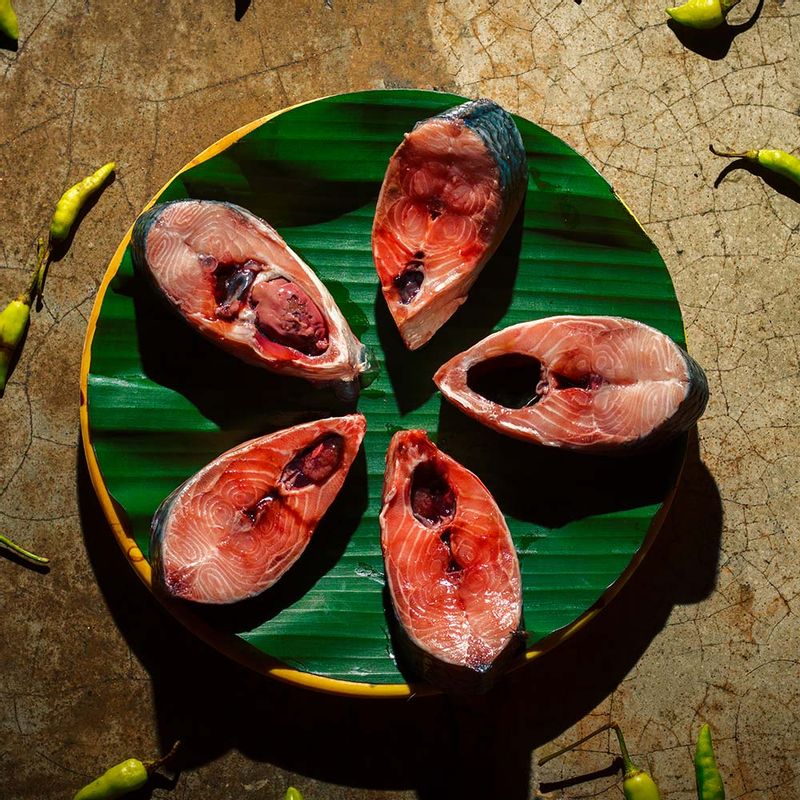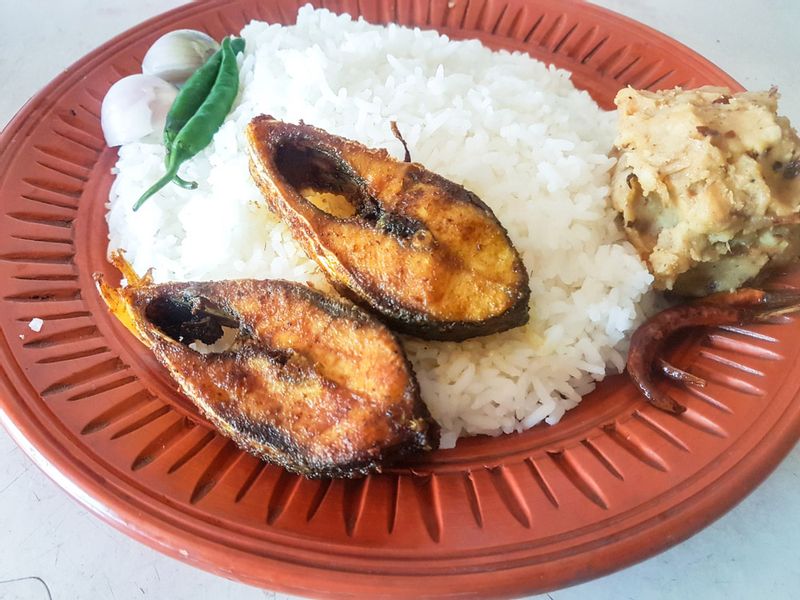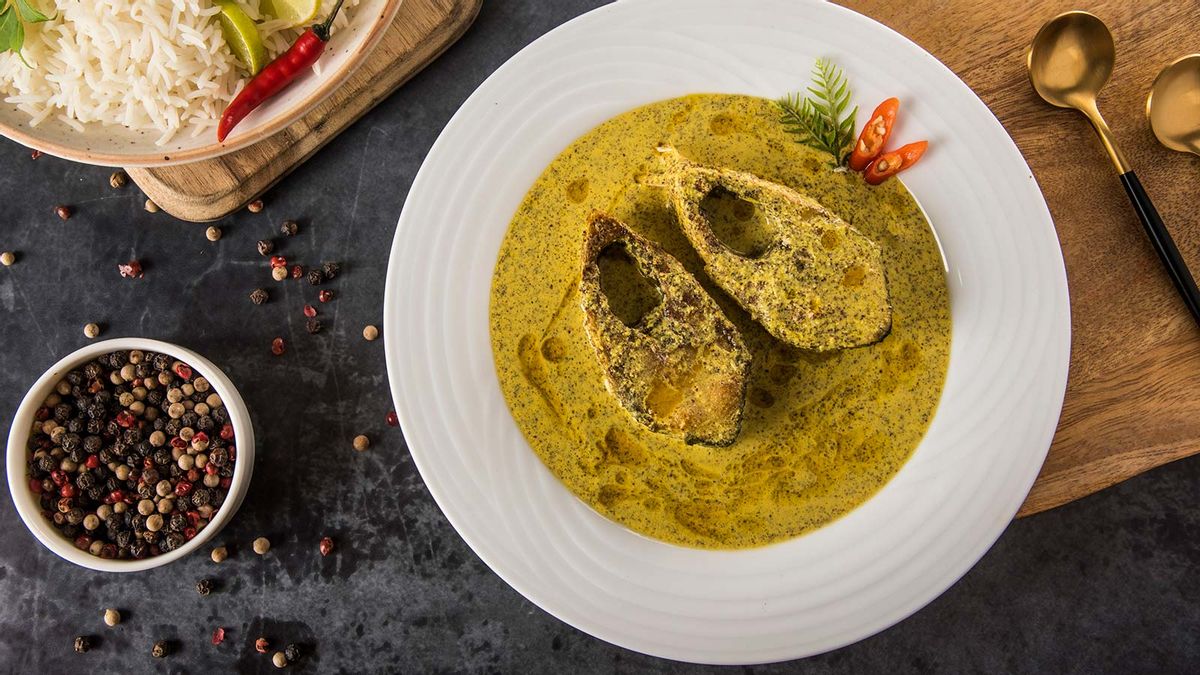An Indian BSF personnel was killed and an Indian fisherman arrested by the Border Guards of Bangladesh in a dispute related to three fishermen in a rich Hilsa catchment area near Murshidabad, West Bengal. At the centre of the dispute was a fish—Ilish—that delicious estuarine herring at the core of the Bengali identity.

There is a reason why Hilsa has such a place of pride on the Bengali platter. It is also at the centre of the Bangaal–Ghoti tussle that defines the cultural flavour of Bengal in more ways than one. Are you a Bangaal or Ghoti? That’s a question every Bengali will ask a new acquaintance, irrespective of their current place of residence.
Who are the Bangaals and Ghotis?
The Bangaals are people who ancestrally migrated to India from East Bengal (later East Pakistan and now Bangladesh), before or during 1947 and often indulge in flippant jokes about food and football with the Ghotis, the original inhabitants of West Bengal. The two groups have indulged in subtle battles for cultural supremacy: The Bangaals associate themselves with Ilish (Hilsa fish) and East Bengal football club which is snubbed by the Ghotis who link themselves with Chingri (prawns) and Mohun Bagan for football.
Yet, if you trace the history of Bengali delicacies, ilish has predominantly been an important fish on both sides of the border. However, Hilsa is much more abundant in Bangladesh which accounts for almost 75% of the world’s Hilsa production, whereas the overarching emotional value attached to it is similar (if not more!) on this part of India as well. The cultural associations with ilish, and more specifically the ones from Padma River in Bangladesh, has made it a commodity that functions beyond the purview of economic rationality.
How the Bengali celebrates the Hilsa

Ilish finds a spot on the Bengali platter in various forms—from ilish bhaja (fried Hilsa pieces) and ilisher paturi (steamed Hilsa in mustard sauce) to ilish machher tel jhol (Hilsa curry made with vegetables and potatoes) and Shorshe Ilish (Hilsa in mustard gravy). In fact, a large number of ilish recipes can be traced back to the Bangladeshi village or district it came from, and almost every Bangaal family have their special touch on the recipes depending on their ancestry in Bangladesh.
There are unique stories associated with many ilish recipes—for example, Barishali Ilish—a dish where the fish is cooked in yoghurt, spiked with mustard and grated coconut—is a popular dish in Kolkata but is not named so because the dish originated in the Barishal district of Bangladesh, but because once upon a time Barishal was the largest catchment area for ilish. The dish came to be known as Barishali Ilish in common parlance in Kolkata, much like the Chinese chicken Manchurian which does not originate in Manchuria!
My colleague, who works closely with estuarine biodiversity in the Sundarbans, narrates an incident when he visited Bangladeshi on a work assignment: “My wife is a Bangaal. Her only request when I visited Dhaka for work was to bring her Ilish of the Padma River. I carried the two mighty Poddo Ilish tied to a rope, straight to the security check at Dhaka Airport. The baffled security guards invariably stopped me to say that even if they allow it, it will not pass the quarantine tests. On learning of my wife’s wish for this prized trophy, he arranged for boxes to pack the fish in a way it could be carried to Kolkata. A huge line of Bangladeshi passengers behind me gleefully watched this episode without complaining.” The extreme affinity of Bangladeshis towards Bangaals in India coupled with their hospitality makes travelling to Bangladesh a delight for many, especially when Ilish is involved.
When one takes a bus from Kolkata to Dhaka, the vehicle is ferried across the Padma on a huge vessel. The sight of ilish vendors on this huge vessel, and on the shores, selling Ilish of various sizes, in fried and raw forms, is a visual delight that leaves every Bengali travelling to Bangladesh salivating.
Cut to West Bengal where the supply of Ilish is a major constraint–Hilsa is only available during the monsoons and the steep price makes it impossible to satiate the Bengali appetite for the fish.
Podda Ilish and the nostalgia for un-partitioned Bengal

The bustling markets of Kolkata have mostly three kinds of Hilsa—the cheaper variant known as Burmese Ilish (imported from Myanmar), the Kolaghat variety from the southern parts of West Bengal and the most sought after (ergo expensive) variant from the Padma (Podda in local dialect). Don’t be surprised if even the fisherman looks down upon the Burmese and Kolaghat variants if the prized Podda Ilish is glistening in his basket.
Hilsa is also available along the west coast of India, but you've got to be a Bengali to comprehend the cultural significance of this fish. The huge demand for Ilish is not driven only on account of its texture and flavours. Instead, it is a phenomenon driven by scarcity, of the fish, and the nostalgia and longing for erstwhile East Bengal and the poetic Padma which has appeared time and again in Tagore’s literature. So much so that if East Bengal Club wins a football match, the spike in demand for Hilsa, driven by overjoyed Bangaals sends the price of Ilish soaring through the roof!
Hilsa and Indo-Bangladesh diplomacy
Hilsa is not merely at the core of the Bengali identity, the fish also figures in the diplomatic talks between Delhi and Dhaka. From 2012 to 2018, Bangladesh imposed a ban on Hilsa exports to West Bengal over disputes in the Teesta River water-sharing agreement. The ban led to a severe shortage of the beloved Ilish, as prior to that, almost 5000 to 8000 tonnes of Hilsa would be imported from Bangladesh every year. The dwindling catch, a sharp rise in prices, and the increasing demand in West Bengal also add to the problems of Hilsa smuggling through the porous borders between India and Bangladesh. Reports of fishing disputes in the international border area are commonplace. News reports indicate that the recent incident of a Border Security Force personnel being killed and another injured by the Border Guards of Bangladesh in a dispute related to three fishermen in a rich Hilsa catchment area near Murshidabad in West Bengal, has left the fishing community in fear of venturing into these disputed waters.
The dearth of the fish throughout this year and the lack of the Padma variant during the monsoons in the past few years has been a major heartbreak for many Bengalis. This year, low rainfall in eastern India has led to a crisis in the fish markets of Kolkata where Hilsa prices soared to almost Rs. 2000 a kilogram. The Government of West Bengal is stepping in to enhance the domestic supply of Ilish, and has actively run campaigns this year urging people to not buy khoka ilish (juvenile Hilsa) so they can grow into adults and reproduce.
After Sheikh Hasina took oath as the Prime Minister of Bangladesh for the third consecutive term, she extended the goodwill gesture of lifting the Hilsa ban imposed in 2012. Five hundred tonnes of Hilsa were imported into Kolkata from Bangladesh in September 2020, during the days running up to Durga Puja, the biggest festival in West Bengal. The Bengali got some respite as his beloved Ilish arrived during Pujo. The joy on the Bengali platter was short-lived, as the exports had to be completed by October 10. Will ilish maach from Bangladesh swim into Bangla thalis next year too? Let us wait and watch.




